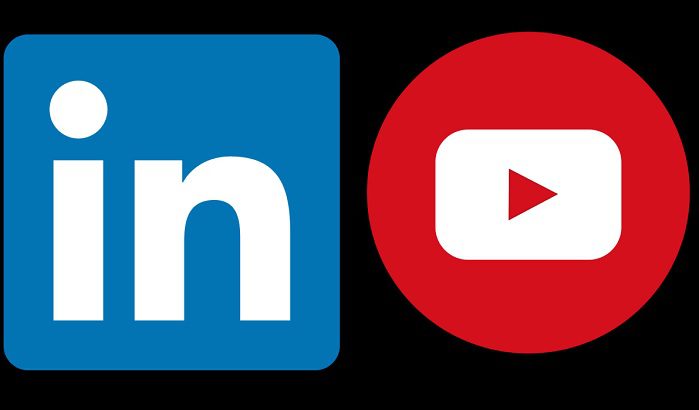SAN FRANCISCO — Social networks continue to make inroads into the world of artificial intelligence. As part of this process, LinkedIn and YouTube have unveiled new features in development to enhance the user experience on these platforms.
The latest craze among social platforms seems to involve developing tools based on artificial intelligence.
For its part, LinkedIn has decided to focus on a new integration with Microsoft Designer, the graphics creation assistant, according to reports from Twitter users.
Currently still being tested, the tool will enable users of the social network for professionals to create charts, diagrams and other visuals automatically based on a simple text prompt or even an image.
The tool, integrated directly into LinkedIn, aims to make it easier to add visuals to posts without having to leave the social network to do so. This can be a good way to prevent users from fleeing to other platforms, thereby boosting engagement as well as time spent online.
For the time being, only a handful of users can test this new feature currently under development.
This is not LinkedIn’s first use of AI to bring new features to users. The professional platform has already developed two features based on artificial intelligence. The first is designed to help users create a biography more easily, while the second is aimed at recruiters.
Meanwhile, video-streaming platform YouTube is developing a feature for creating video summaries using artificial intelligence.
“We’re starting to test AI auto-generated summaries on YouTube, so that it’s easier for you to read a quick summary about a video and decide whether it’s the right fit for you.
“To begin with, you may see these summaries on watch and search pages. While we hope these summaries are helpful and give you a quick overview of what a video is about, they do not replace video descriptions (which are written by creators!).
“This experiment is running only with a limited number of videos (en only) and viewers, so if you see the feature, let us know what you think by sending feedback,” reads the web page dedicated to the platform’s latest projects.
Note, however, that while the tool is still in the development phase, the creation of summaries may still prove inaccurate.
In addition to reducing the bad experiences of users who have spent too long watching a video without liking it, the tool could prove useful to users with disabilities and possibly improve suggestions for videos to watch.
No roll-out date has been given for either of the tools in development at LinkedIn and at YouTube.






Discussion about this post